Many companies are now opting for digital transformation as the benefits and advantages of such a revolution are very promising. However, some companies may experience difficulties in developing a stronghold on this transition of technology. How can we overcome such difficulties? What are the right ways of implementing digital transformation strategies? These questions will be answered as we explore them below.
Below you can find some of the digital transformation strategies recommended by businessmen and company executives who have successfully overcome the challenges of digital transformation and the pains associated with it. It will help you come up with creative solutions to level up your business in this digital age.
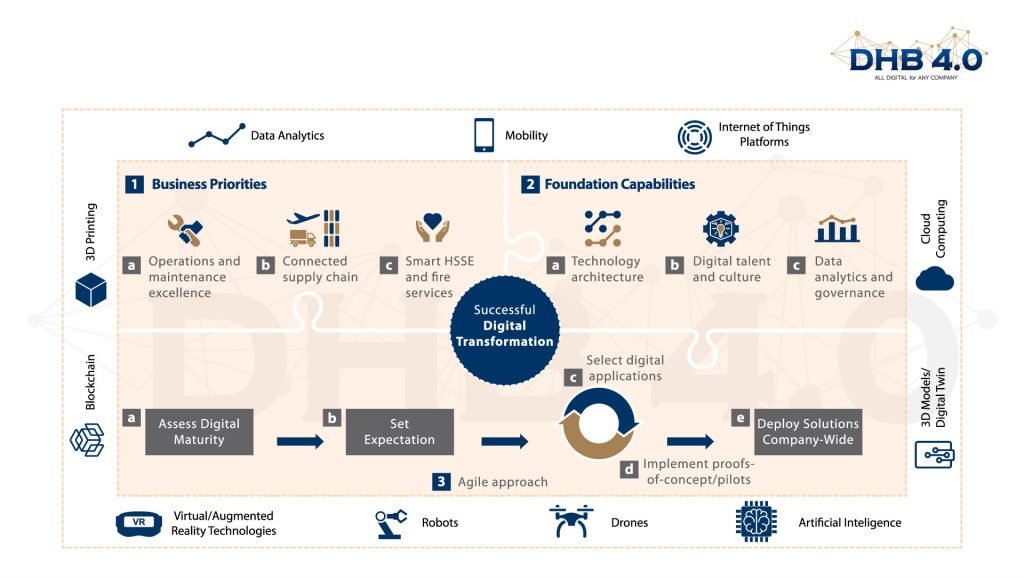
Invest, leverage, and use digital technologies that are proven to be effective and efficient. It brings your company, brand, and business closer to people. Finding the right digital technologies is a must as it will pave the way for you to attract the attention of potential customers and clients who are willing to use your company’s new platform and improved digital technology.
Why leverage this kind of digital technology? The common answers are to build value and improve efficiency on the business models. You need to prioritize strategies empowering all these digital technologies. You need to know what their uses could be, understand their functions, and take advantage of the big data and information you collate. Doing so can boost the product or service quality as well as work productivity.
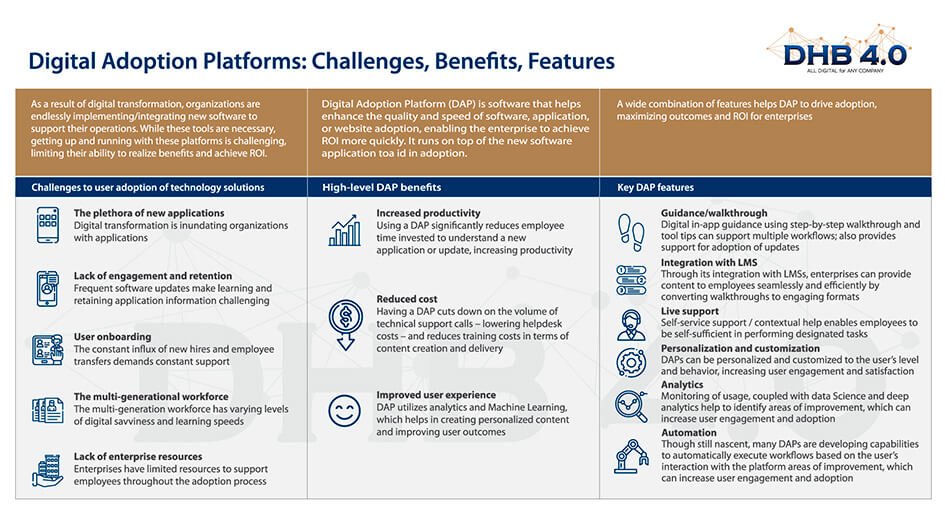
Security is often considered important but not taken as a priority. This could lead to breaches in the system. Given that the digital world is vast, many viruses and cyber incidents are likely to happen and this is something that a CIO or executive cannot ignore.
Many directors of technology recruiting services cited that a likely reason these security problems are prevalent in some business systems is because of hesitancy to hire Chief Information Security Officers (CISO). Make sure all information and data within the company are kept and secured properly. You wouldn’t want a security breach that disrupts a number of your business operations.
There is no reason to hold back on expanding capital for research and development of systems that can drive further success. According to the research of PwC in 2015, 45% of executives around the globe surveyed expect that their revenues will grow within the next five years after adapting to the digital transformation. And this of course needs capitalization.
Technology will not become an effective tool if one does not explore how it could be made better and contribute to the well-being of the whole company. Research and development enable IT systems to be properly maximized and optimized. Discoveries and innovation may be witnessed in the process. Research and Development is an excellent way to leverage your technology and your business to a higher level. Investing in these projects is constructive to the whole business operation.
Being a CIO or a business executive is not just a position. Executives must embrace combining competitive skills and talents throughout the enterprise. In hot IT areas such as data science, dev-ops, and UX, the right competent talents are hard to scout out. Nevertheless, you may consider offering webcam interviews, posting jobs on social media, and maybe even learning some of the best methods for mining LinkedIn connections in order to look for prospective employees.
The digital revolution has the promise of a flexible and enhanced digital vision, which you can put to advantageous use. You may opt to use this digital vision in hiring employees from all other departments, and thus matching the right people with the right jobs would be much accurate and better in the long run.
A digital system is built to support and perform daily tasks and functions that machines could do to lessen the struggles of the human workforce. It also allows for more output in less time. Make sure that digital systems meet certain qualifications that make them user-friendly. In other words – ensure that the purpose of having digital technology is justified.
The systems should be efficient, easy to navigate, easy to install and remove, easy to operate, without the need for third-party software, effective in handling errors, and should abide by set standards. Do not underestimate the importance of the user-friendliness of the systems.
Cloud and data analytics can perform many tasks for the entire business. Analytics can extract patterns and witness trends from big data inputted into the system. Stitching the myriads of meaningful data together and having them collated and analyzed by a computing system, can bring your business to higher levels of success.
Data analytics allow you to answer everyday corporate queries such as, “What are the products that customers are buying?” “What is the audience talking about?” or “What is lacking in the computer systems?” Analysis of big data means being able to answer complex queries effectively so that your business runs more efficiently.
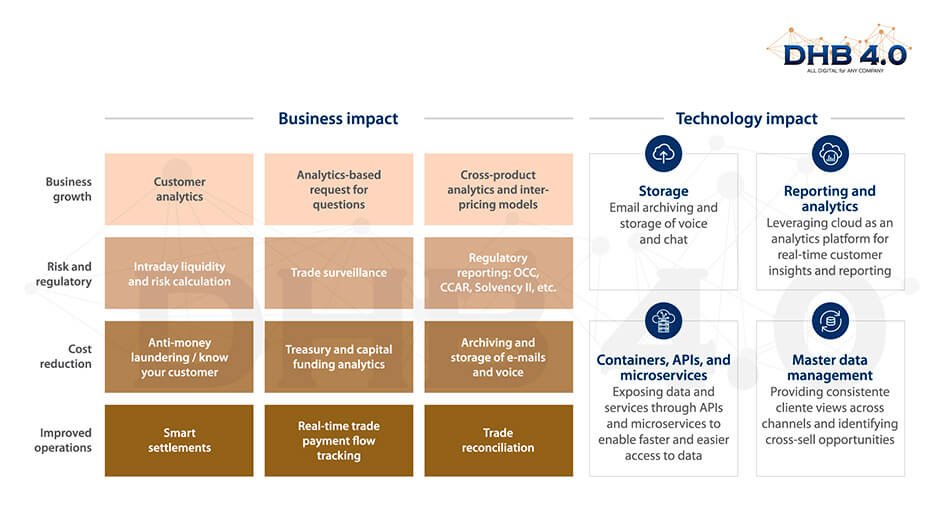
According to 47% of the global executives surveyed by Progress in 2016, one of the greatest challenges of adapting to the digital transformation is the risk-averse culture in which we live. In order to address this, some solutions are needed. Word-of-mouth campaigns are sometimes not enough. Digital transformation must be embraced in corporate policies or emphasized in the core values of the company. You should be effective and efficient in persuading the resistant members of the business organization to openly embrace digital transformation.
The company culture will always resist new digital disruption and technology. However, gradually encouraging people to adopt the benefits and advantages of these digital technologies can allow the entire community of workers and even customers to adjust to the new technology. The business will operate effectively if this evolution of technology is supported rather than rejected or completely ignored.
The decisions and planning behind establishing an integrative business system drive the journey towards having an efficient digital platform. Identified effects of non-integrated business software systems are wasted productivity of employees, a deficiency of real-time visibility, spending too much on maintenance complexities and cost, and even customer churn rates.
However, having a properly designed system can increase the number of benefits for the company such as efficiency levels, improved visibility, savings on cost, and growth. Nucleus, an independent analyst firm, revealed that through the use of an integrated suite, companies sped up their financial close times by up to 50%, as well as boosted their sales productivity by 12.5%. Adapting to digital systems that are generally interconnected and integrated fuels growth in virtually every industry.
The need to overcome employee resistance and to encourage the use of digital systems has also risen along with the disruption of the business traditions. Culture change is hard but not impossible. Creating and implementing corporate policies that involve and motivate every member of the company to embrace digital innovation is a useful and good start.
For example, setting the rule that all transactions must now be recorded on the computer systems is simple yet compelling. Some of those employees and even customers used to traditional methods may find it hard to adapt, but they will soon get used to the new digital culture urged by a company policy.
The purpose of research and development is to maximize the usage of available technologies. Forming a competent R&D team to improve the systems for digital transformation initiatives also offers the capability to further explore the functions and uses of new and promising machinery.
Technology cannot be stagnant because it grows obsolete as time passes. It is bound to develop and advance. With the presence of a team for research and development, the enterprise will be able to keep up with the demands of the market and may even encourage innovation. Technology must be put to its optimized usage, and this team promises that possibility.
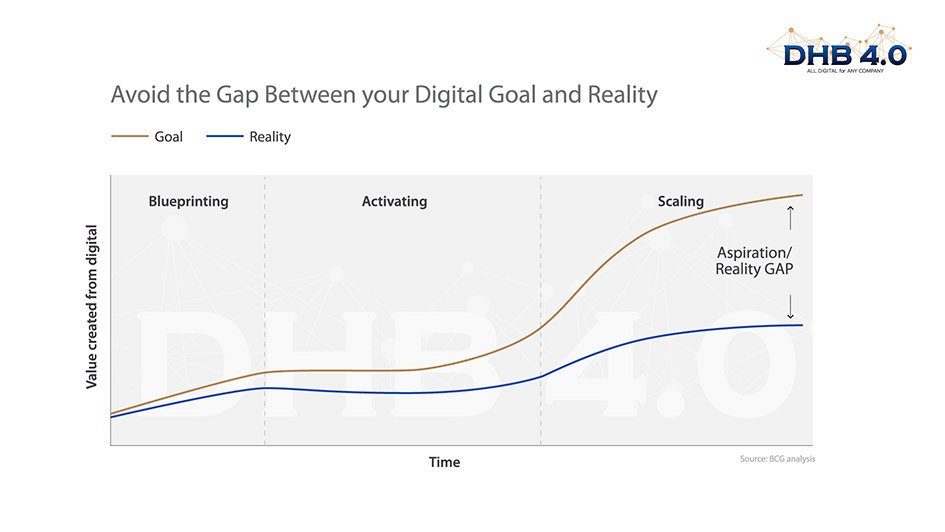
“How did they do it?” is a valuable question that will be answered from promptly seeking the professional advice of those firms who have successfully implemented their digital transformation. They have been there and done that, and thus, they know better. There may be some instances when there is a pressing problem that needs to be addressed, or the strategy to be implemented is under scrutiny. In these cases, reaching out for help is a good plan. Seeking help from successful individuals or companies may also allow you to obtain further strategies on how to take the whole technology system to a higher level. This is a further compelling reason for establishing a firm network base.
A common mistake made by companies is relying too heavily on legacy technology. However, people know what technology they want, and businesses have to accommodate the markets’ changing desires.
So, instead of relying on legacy technology, companies should instead invest and focus their resources on choosing appropriate databases and using them to their maximum potential to deliver the best results possible. You won’t want outdated technology to keep ruling your systems. New technological advancement serves many uses. You just have to know, understand, and use them appropriately.
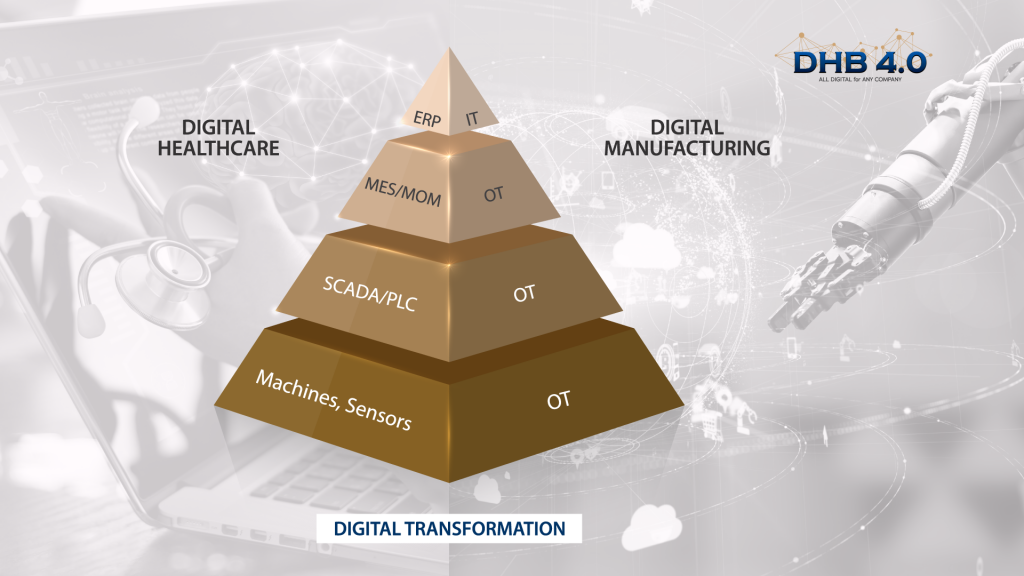

North America: +1 (645) 221.6090
Europe: +351 (920) 799.717
LATAM: +55 (19) 9 8251.9536